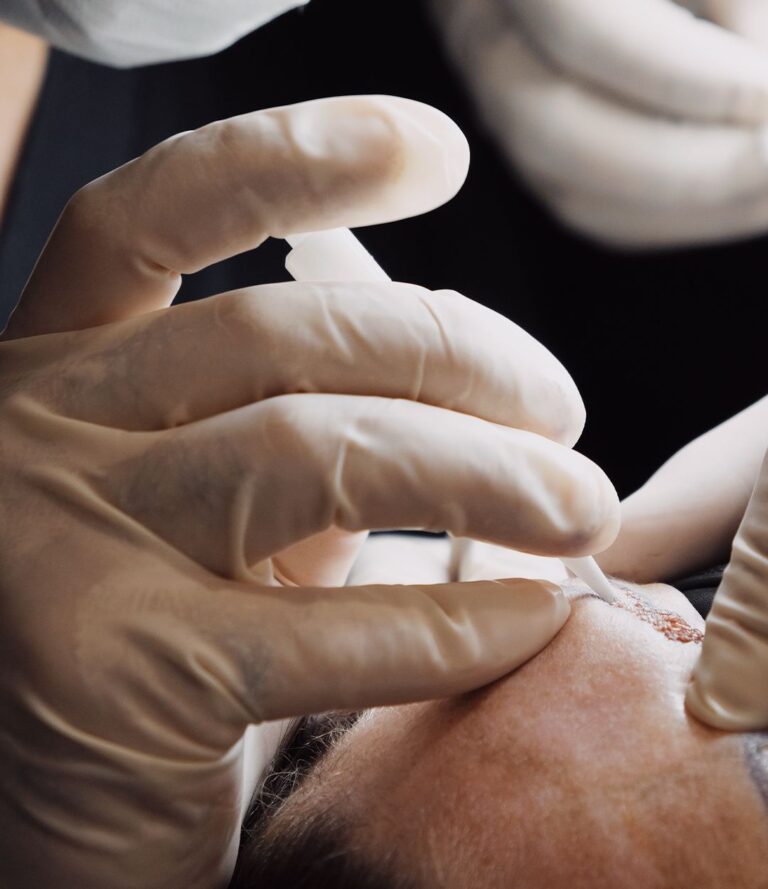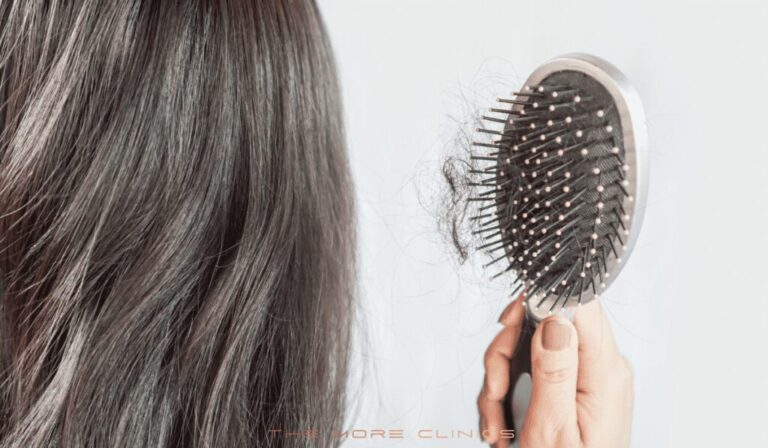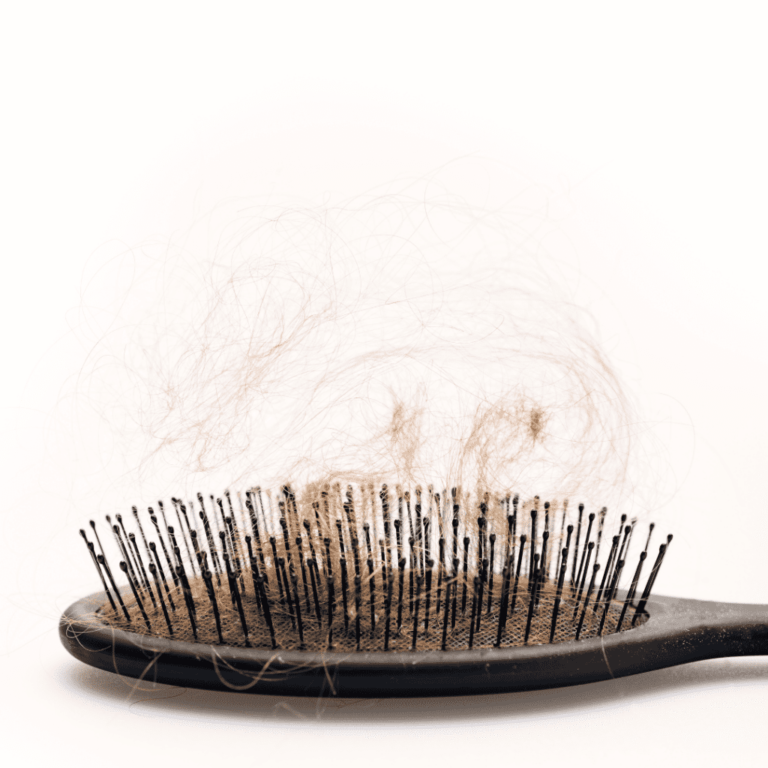Male Pattern Baldness: All You Need to Know
What is Male Pattern Baldness?
Male pattern baldness also known as androgenetic alopecia refers to the loss of hair in males, following a pattern determined by genetics, androgen sex hormones and age.
Male pattern baldness is a common phenomenon that affects millions of men across the globe. In the United States alone, it is estimated to impact 50 million men, with half of all men experiencing it by the age of 50.
Dealing with thinning hair or hair loss due to male pattern baldness can be emotionally challenging. However, it’s important to remember that hair loss doesn’t have to define you. Indeed, there are numerous treatment options available.
This article provides a comprehensive exploration of male pattern baldness, delving into its causes, impact, available treatments, and styling options.
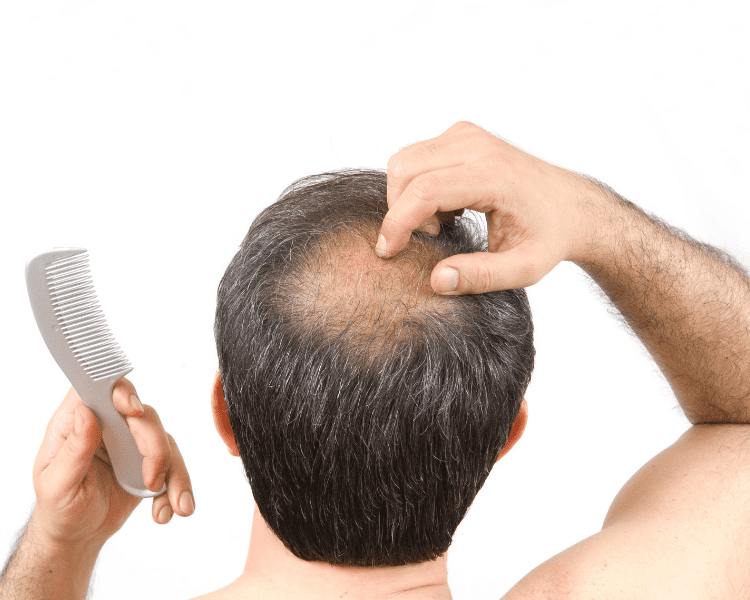
Causes of Male Pattern Baldness
Androgenetic Alopecia is not like the hair loss with aging or female pattern hair loss.
The main cause of this kind of hair loss is genetic. It is known to be caused by changes in testosterone, the major male hormone, and its derivatives.
Testosterone converts into dihydrotestosterone (DHT) which binds to receptors on the scalp and shrinks them, making it difficult for hair to grow. It can also disconnect existing follicles from the nourishment they need.
The follicles on the ‘vertex’ (top of the head) and ‘frontal’ area (the forehead-temple area) are more prone to balding, due to their genetic sensitivity to DHT.
Who is in the Risk Group?
Age and ethnicity play a critical role in the onset of male pattern baldness.
While it can begin in teenage years, the risk significantly increases with age. By the age of 60, almost 65% of men experience noticeable hair loss.
When it comes to ethnicity, Caucasian men are at a higher risk, with nearly 50% experiencing some degree of hair loss by the age of 50.
Asian, Native American, and African American men are less likely to experience this condition.
Symptoms of Male Pattern Baldness
The initial symptom is a receding hairline at the temples, which is the most common sign of male pattern baldness.
As time goes on, hair begins to thin out at the ‘crown’ area of the head and in some cases can eventually lead to complete baldness.
At times, a strip of hair may remain around the back and sides of the head even if the hairline is receding.
Some men might experience hair thinning without distinct bald spots, while in others, it might start with a single bald spot.
Diagnosis of Male Pattern Baldness
The diagnosis primarily involves a thorough medical examination, review of medical history, and possibly a scalp biopsy. Physical examination often includes a “hair pull” test to identify the phase of the growth cycle of the hair.
Blood tests may be necessary to rule out other possible causes of hair loss, such as hormonal problems or an iron deficiency.
Once the diagnosis is confirmed and other potential causes are ruled out, your doctor will be able to recommend a suitable treatment plan for you.
Treatment Options for Male Pattern Baldness
While it’s crucial to understand that male pattern baldness is a progressive condition and cannot be completely stopped, the impact can be managed with various interventions. There are several treatment options available that can slow down hair loss, help regrow lost hair, or disguise hair loss.
Pharmaceutical treatments such as Minoxidil (Rogaine) and Finasteride (Propecia) are FDA-approved drugs that have shown to slow hair loss and, in some cases, even regrow hair.
Laser therapy is a non-invasive treatment option that uses low-level lasers to stimulate hair growth.
Platelet Rich Plasma (PRP for hair loss) therapy is a relatively new option that involves using a patient’s own platelets and injecting them into their scalp in order to stimulate hair growth.
Hair transplantation surgeries, such as Follicular Unit Extraction (FUE) or Direct Hair Implantation (DHI), involve transplanting hair from one part of the scalp to the balding areas.
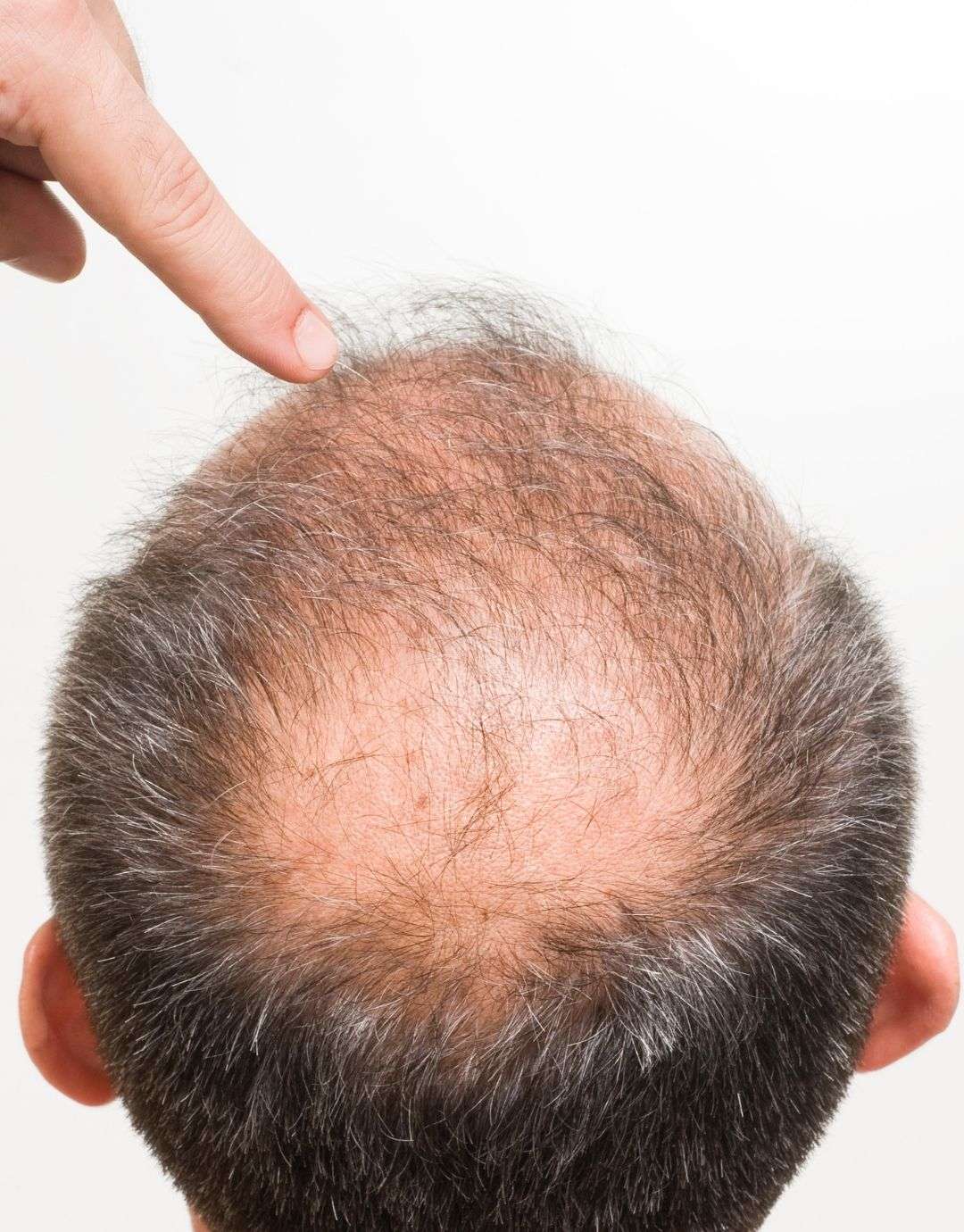
Additionally, there is the alternative of concealing hair loss through styling techniques. You can consider using a toupee or a hairpiece, experiment with hairstyles that cleverly hide thinning areas like the comb-over, or even explore scalp micropigmentation. This involves a non-permanent tattooing (scalp micropigmentation) technique that mimics the appearance of a shaved, stubble look on the scalp.
Last Words from The More Clinics
At The More Clinics, we understand that hair loss can have a significant impact on your self-esteem and quality of life. That’s why we’re dedicated to providing resources, information, and treatment options tailored to your specific needs. Remember, male pattern baldness is a common condition, and while it’s not reversible, it is manageable. We’re here to support you on your journey to managing your hair loss.
Our experienced medical staff have been successfully helping men and women dealing with hair loss for many years. We offer a wide range of treatments that can slow down, stop or reverse the effects of male pattern baldness. Contact us today to discuss your individual needs and to find out which treatment options are best suited for you.
GET A FREE CONSULTATION!
Let’s Start Planning Your Treatment %100 Guarantee Results.
Medically Reviewed by Dr. Seda Erdoğan who specialized on Hair Transplants, Dermatology




